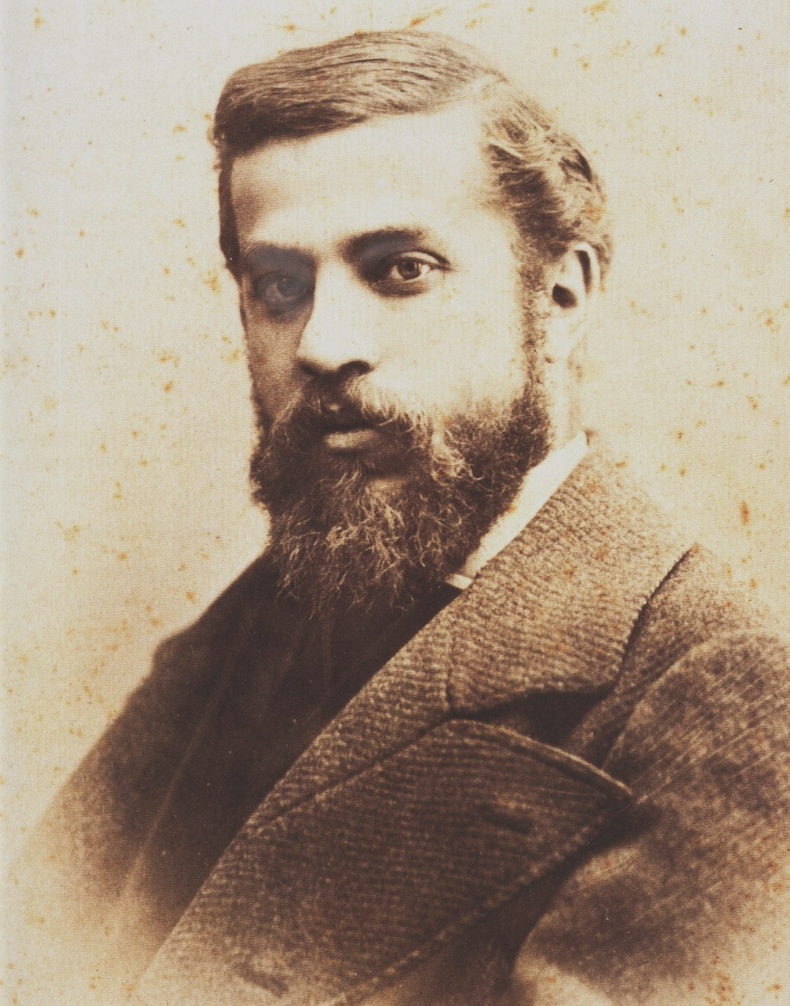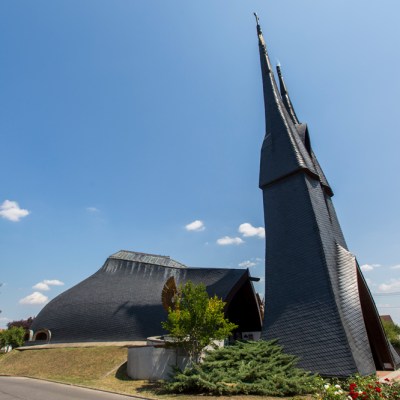When Pope Francis emerged from his five-week stay in hospital last month, one of the first things he did was attend a mass for the Jubilee of the Sick and Healthcare Workers. It makes sense that he would want to pay tribute to the doctors who looked after him. But his next move no one could have predicted. In a turn of events thoroughly endorsed by Rakewell, the pontiff has this week authorised a decree putting Antoni Gaudí, Barcelona’s greatest architect, on the path to sainthood. Perhaps all that time spent inside gave Pope Francis a newfound appreciation for building design.
If it were up to your roving correspondent, of course, all great artists and architects would be canonised, but until now, no architects have ever received the honour. Michelangelo was the original ‘God’s architect’ but hardly a candidate for sainthood. Fra Angelico is the only proper artist who has the title – although the 12th-century Benedictine abbess Hildegard of Bingen, who composed music and oversaw the production of illuminated manuscripts, was added to the canon in 2012.
Antoni Gaudí. Photo: Fine Art Images/Heritage Images/Getty Images

Gaudí certainly ticks most of the necessary boxes: he was a devout Catholic who, in a sense, died for his beliefs (he was hit by a tram on his way to Confession in 1926). He was a visionary who never submitted to convention and his legacy is unparalleled: his singular casas, churches and palaces are strewn throughout Catalonia and seven of them have been designated UNESCO world heritage sites. They also have the necessary bells and whistles to stand up to Catholicism’s love of theatre and ornament – think of his Casa Vicens, with its ornate trompe l’oeil dome, its decadent blue and gold smoking room and the intricately patterned Neo-Mudejar frontage.
He also seems to have an afterlife in a way that not all architects do. In 2003, during the ongoing discussions about what should become of the site of the destroyed World Trade Center, a plan for a New Yorker skyscraper that Gaudí had sketched out almost a century earlier was touted as a possible option. While Rakewell would have loved to see how this alternate-universe Gaudí structure would go down in New York, it may be a good thing that it never materialised, since, judging by the plans, the structure looks more like the Gherkin in London than a place of solemn remembrance.
View of the Sagrada Família in Barcelona. Photo: Eloi_Omella via iStock

Most importantly, Gaudí has form with religious buildings. These include the Episcopal Palace in Astorga and the Artigas Gardens – which he filled with crosses, angels and cathedral arches – as well as two unfinished works: the Church of Colònia Güell in Santa Coloma de Cervelló and, of course, the monumental Sagrada Família in the centre of Barcelona, perhaps the longest-running work in progress in history. As the story famously goes, when someone complained about the church being a long time in the making, Gaudí replied: ‘My client is not in a hurry’ – a line that has proved truer than he could possibly have imagined.
This decree is only the latest development in a decades-long campaign to have Gaudí canonised and, even now, the path to sainthood is a long and rocky one, involving beatification first, as well as proof of a miracle. All of this begs the question of which will happen first: Gaudí’s ascent to sainthood or the completion of the Sagrada Família? Or perhaps both are destined to remain forever in a state of purgatory.




